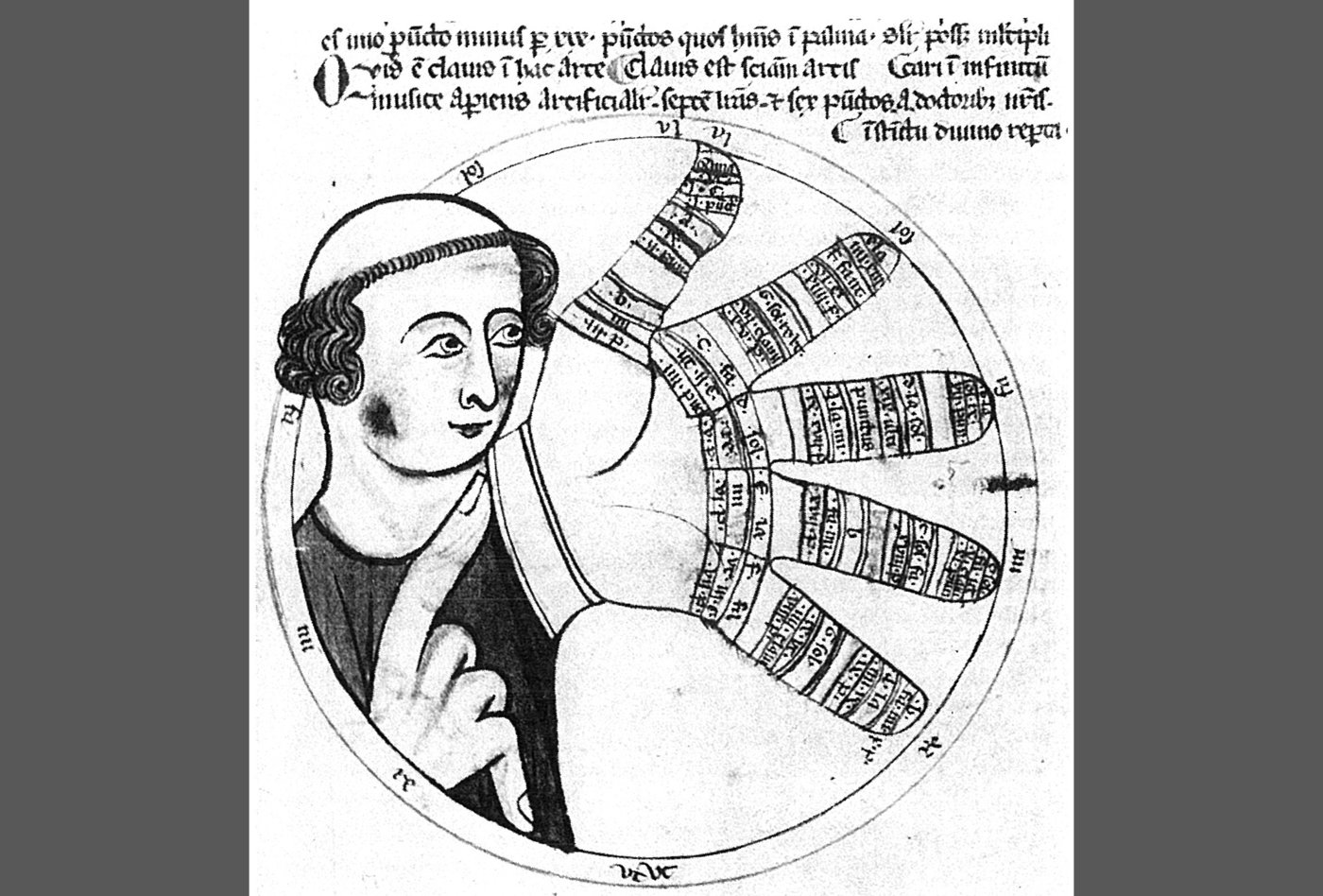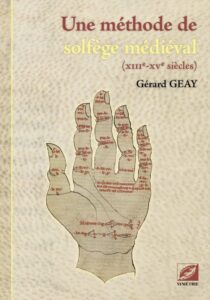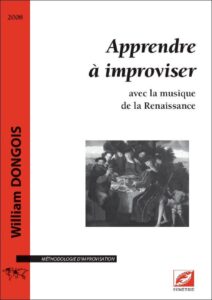Solve as in the Middle Ages, improvise as in the Renaissance
Two methods published by Symétrie: one looks at the practice of solmization, the other at that of diminution.

Could one imagine performing Romantic works, for example, in concert or on record, without mastery of solfeggio or knowledge of the basics of interpreting this style? It may seem improbable, but it is a reality for a not inconsiderable number of musicians who play or sing medieval pieces based on modern transcriptions, which are unfortunately not always reliable, or at least often do not allow for optimal restitution. Until now, what has been lacking is a genuine method to introduce both theoretically and practically the fundamental principles of solmization invented by Guido d'Arezzo. In his book, published by Symétrie, Gérard Geay, who was, among other things, creator and director of the early music department at the CNSM in Lyon, as well as dean of the Centre de Musique Ancienne in Geneva, fills this gap, basing himself on the treatises of the 13th century.e to 15e century, from which he also draws a number of useful exercises to ensure that learning does not remain purely abstract. Whether professional or amateur, performers of late-medieval and early-Renaissance music will find a solid foundation for tackling a repertoire which, although it has evolved considerably over time, has retained the same theoretical basis throughout the period. Not only will hexacords and muances hold no secrets for them, but they will also be introduced to the subtleties of the use of alterations (musica ficta) which, not being all notated, could generate anachronisms due to their possible absence. If required, the complete exercises are available to listen to on the Internet, recorded by the Ensemble Musica Nova de Lyon.
From the same publisher, cornetist William Dongois has written a booklet devoted to the study of improvisation through Renaissance music. Having played in a number of excellent early music ensembles, including Le Concert Brisé, which he founded, and taught cornet and ornamentation at Geneva's HEM, where he directed several research projects on diminution, the author has mastered the subject to perfection: in the form of a workbook, he gives the necessary and essential indications for learning to improvise figures and formulas, up to the point of possessing the ability to realize these diminutions by letting oneself go naturally, without the need for any mental operation as this practice will have been integrated. Accompanied by uninhibiting pedagogical recommendations, the approach he proposes is just as well suited to those who have never cultivated improvisation in any style - a kind of gateway to this art of the instantaneous - as to those who, being more advanced, would like to perfect their skills or improve their interpretation and understanding of early music. Adaptable to the individual needs and wishes of its readers, this approach is intended for all instrumentalists and singers.
Gérard Geay: Une méthode de solfège médiéval (XIIIe-XVe siècles), 208 p., € 40.00, Editions Symétrie, Lyon 2022, ISBN 978-2-36485-107-8
William Dongois: Apprendre à improviser avec la musique de la Renaissance, 65 p., € 25.00, Editions Symétrie, Lyon 2022, ISBN 978-2-36485-101-6








